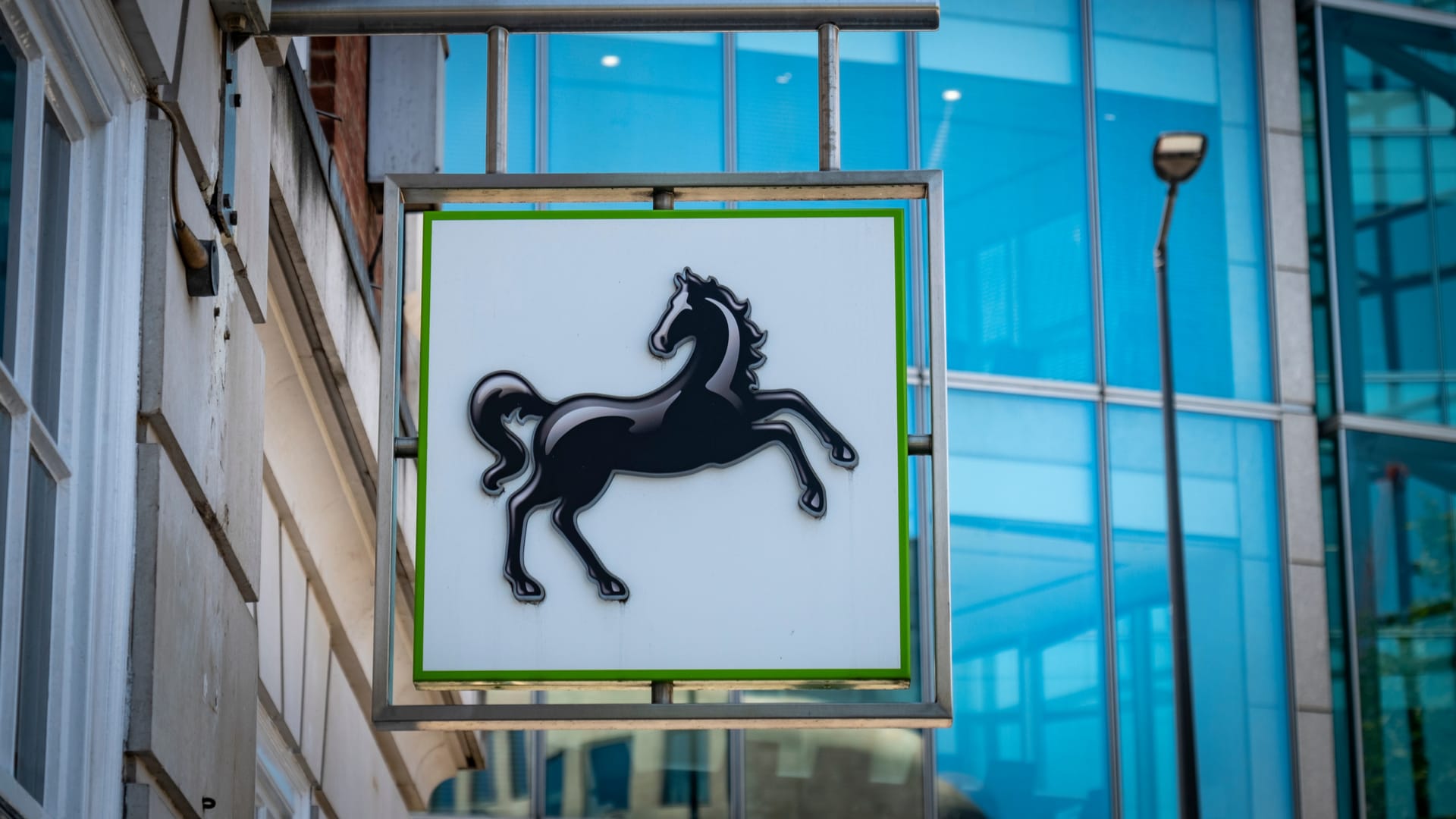- Summary:
- What is the Lloyds share price forecast for September? We explain what to expect now that the stock has been in a tight range recently
The Lloyds share price had a relatively difficult month in August. The LLOY stock declined by more than 4% in August while the FTSE 100 index rose by about 3%. This happened even as the company remained in the headlines during the month.
Lloyds Bank August review
August was an important month for Lloyds Bank for two main reasons. First, the company got a new CEO, Charli Nunn, who came from HSBC. Nunn was named as the CEO designate in November 2020.
This was a notable move considering that Nunn experience and expertise is in the wealth management industry. Therefore, there is a possibility that the bank will likely shift its business to the wealth management industry that is currently dominated by companies like UBS and Barclays.
Nunn became Lloyds CEO a few months after Antonio Horta-Osario, the former Chairman, moved from the bank to Credit Suisse. As such, with a new management team, the bank will likely have some key changes going forward.
Second, Lloyds Bank was in the spotlight after the management launched an aggressive move to expand its revenue base. In April, they announced that the bank would move on to become a leading player in the rent-to-own business in the UK. It has already started acquiring some rental properties. You can read what analysts think about these moves.
So, what next in September? Lloyds Bank will have a relatively muted month in September. The financial calendar shows that the company will have no major events in September. The only notable one will be the distribution of dividends in mid-September.
Also, investors will be watching at key economic numbers to see the impact of the pandemic. If the numbers are relatively negative, they will increase the possibility that the Bank of England (BOE) will turn dovish.
Lloyds share price September forecast
The daily chart shows that the Lloyds share price popped to above 50p in June. Since then, the price declined to a low of 42.8. It is currently trading slightly above the 38.2% Fibonacci retracement level. Also, it has also declined below the 25-day and 50-day exponential moving averages (EMA) while the Relative Strength Index (RSI) has been in a downward trend. It has also formed a bullish flag pattern.
Therefore, the shares will likely break out higher as investors target the key resistance at 50p. On the flip side,a drop below 40p will invalidate the bullish view.



